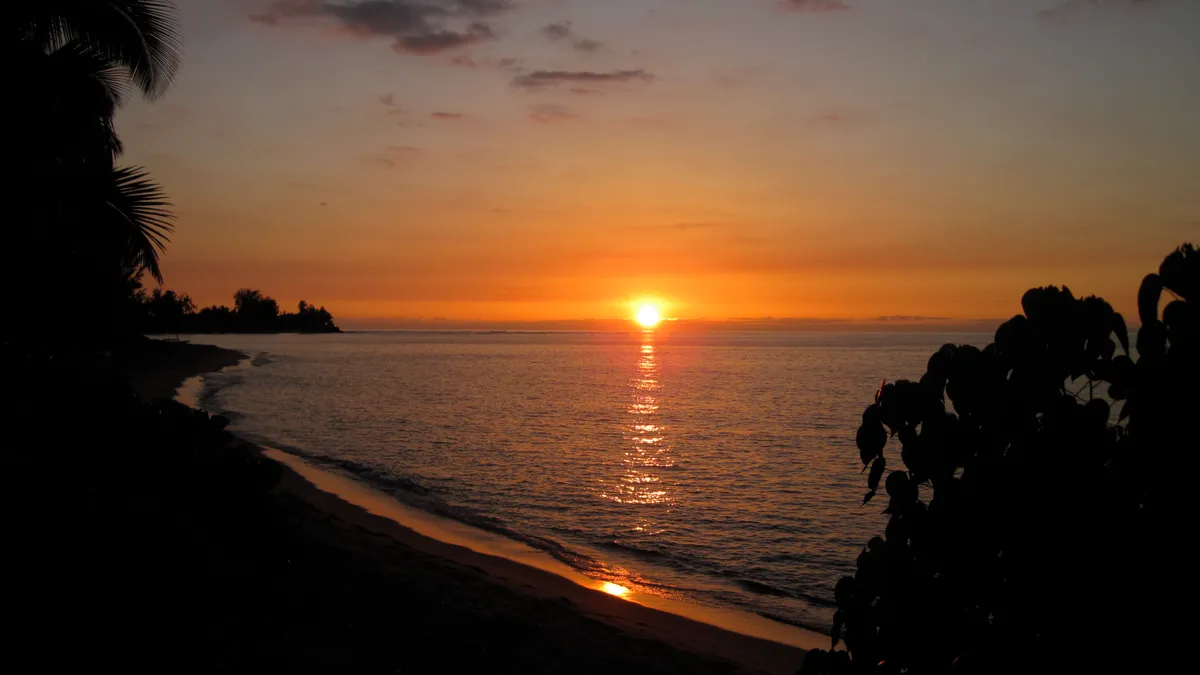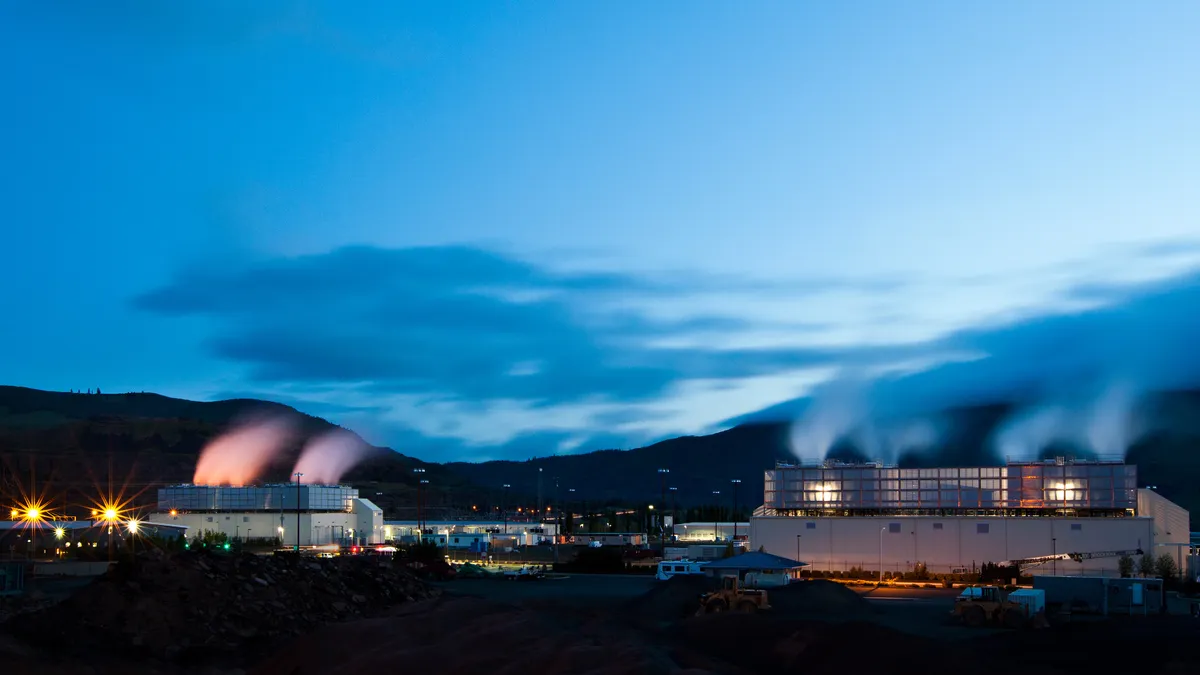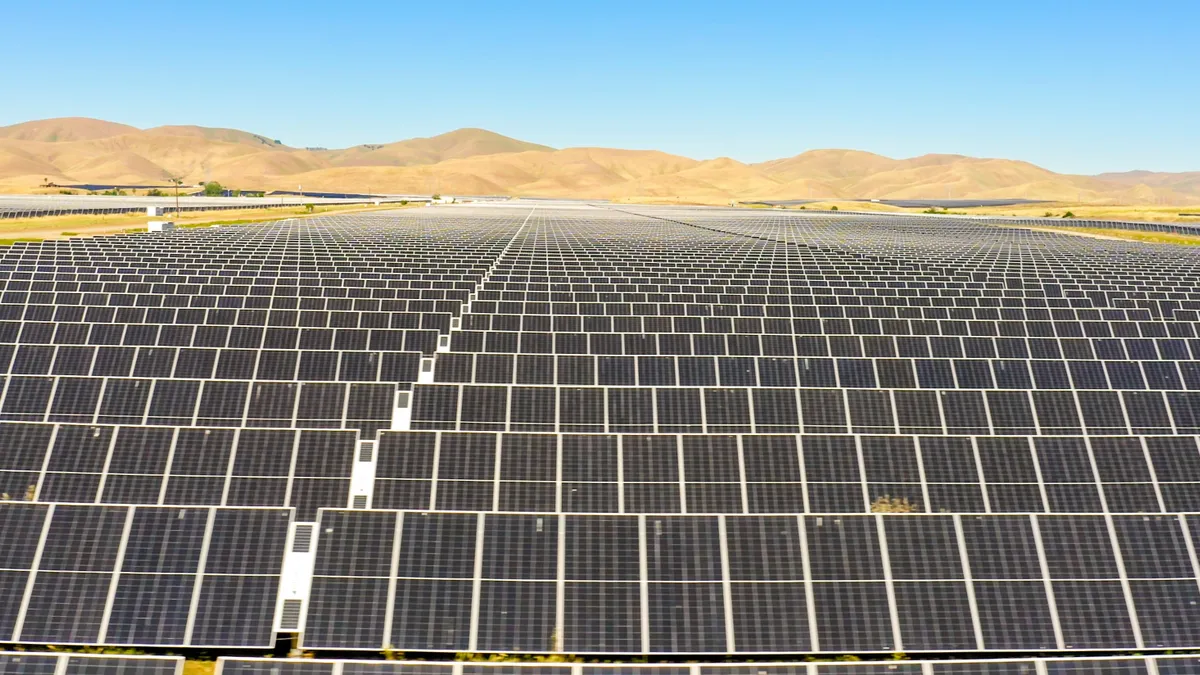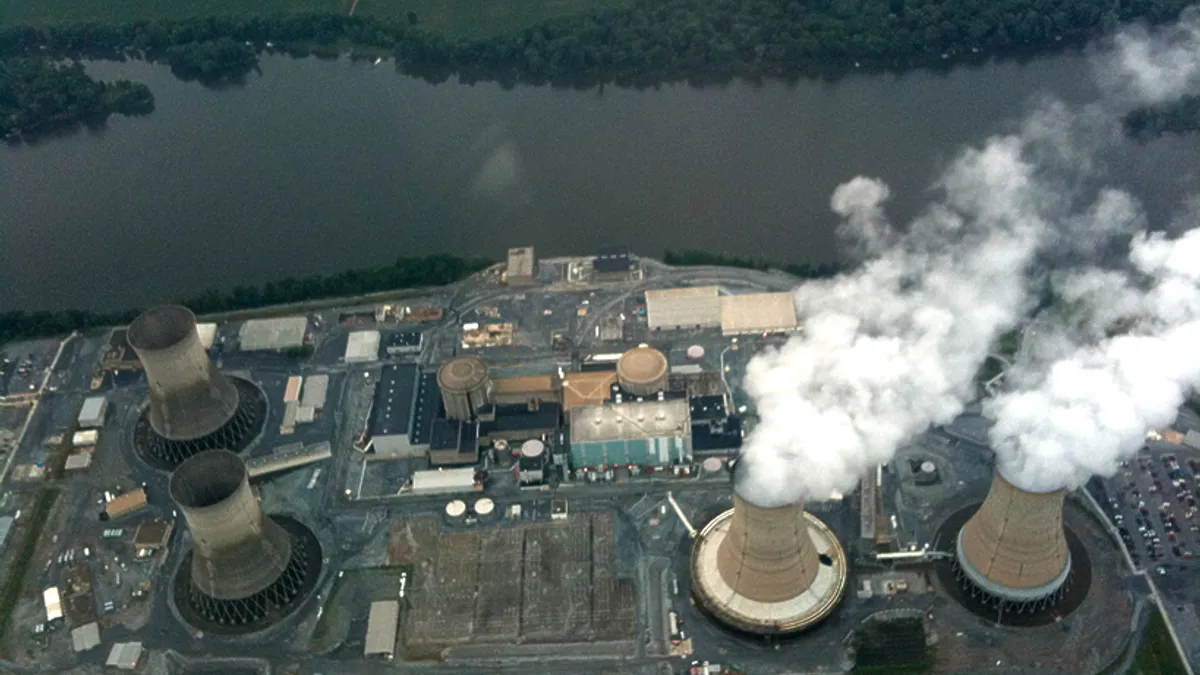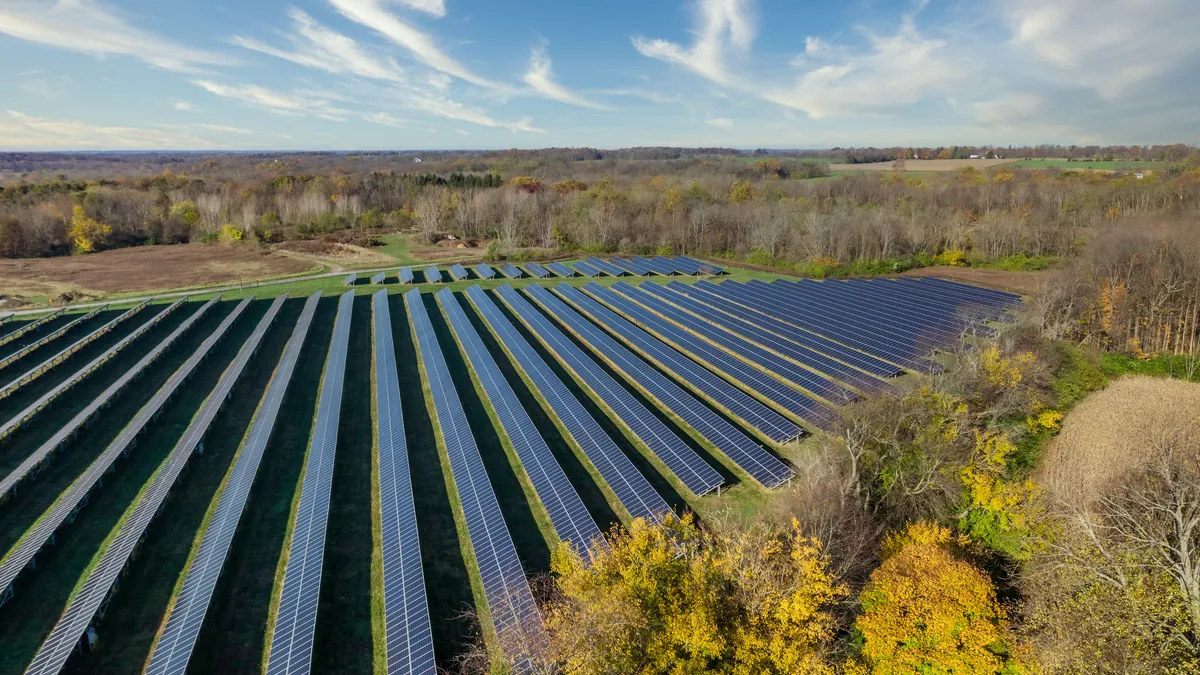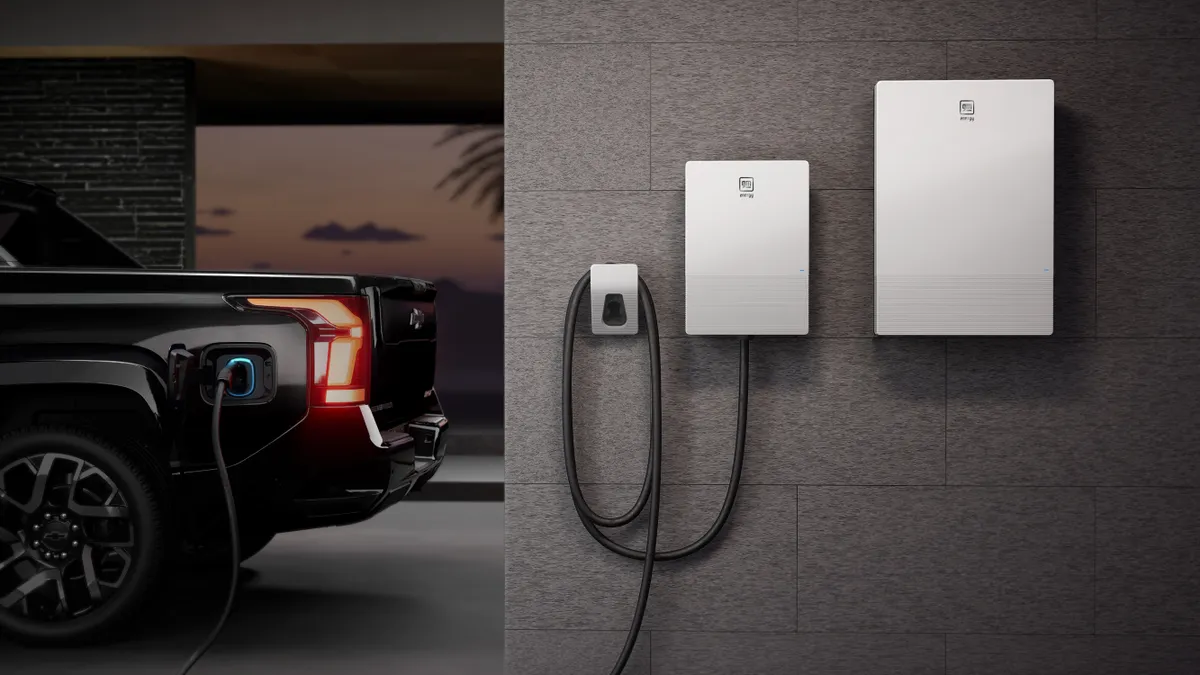Hawaii has frequently been cited as a laboratory for renewable energy and these days the same can be said for storage on the island state.
Last month SolarCity announced plans for what it says is the first fully-disptachable solar-plus-storage project on Kaua’i, the fourth largest of the Hawaiian Islands.
"We're really excited about [this project] because it's effectively, as far as we know, the first utility-scale solar-plus-storage project done on a purely commercial basis that is affecting the shift of the vast portion of PV production to the nighttime peak," Bob Rudd, SolarCity's director of energy storage project development, told the audience at a recent storage conference.
The nation's leading residential installer is building the project near Lihu’e on Kaua’i’s southeast corner. The project includes a 13 MW photovoltaic solar array, but is unique in that it includes its own solution to the intermittency problem that solar power faces.
The power generated by the PV cells will be used solely to charge a 13 MW battery array capable of providing 52 MWh to customers of Kauai Island Utility Cooperative (KIUC), the island’s sole electricity provider. That means the solar cells will charge the batteries during the height of the day, and the batteries will discharge the stored power to customers during the evening peak between 5 p.m. and 10 p.m.
"Anyone that's been out to Kauai will notice that they have a lot of solar on the island and really don't have any appetite at all for solar at midday," Rudd said. "If anything, they were already in a bit of a curtailment state during certain days. So, they love solar, they want more because it's cheaper than what they otherwise would realize, but they don't need it during the day."
SolarCity has yet to say what kind of batteries it will use on the project or who will manufacture them, but there has been some talk in the industry that Tesla is on the short list of suppliers. That would make sense, as SolarCity Chair Elon Musk is also the CEO of Tesla.
Origins of the project
The project, which will be the biggest solar project in the state when completed at year-end 2016, grew out of a request for proposals KIUC issued in March 2014.
The electric cooperative was not looking for more solar power when it issued the RFP. It already has the largest solar plants in the state — the $40 million Koloa array built by SolarCity, and the $54 million, 12-MW Anahola solar project built by REC Solar. Instead, KIUC was looking to address the problem of having too much solar power during the middle of the day, the resource's peak generating period. In solving that problem, the utility hoped to enable even greater penetration of solar power into its system.
KIUC has been adding renewable energy to its system as a fast pace. The co-op has about 125 MW of installed capacity, 133 MW including power it buys from two hydro projects it doesn’t own. Peak demand on the island is about 72 MW.
In 2009, oil powered 91% of KIUC’s generation. By year end, about 37% of KIUC’s capacity will come from renewable resources, broken down as 15% solar, 12% biomass and 9% hydro, with the rest fired by oil. Wind power is not as prevalent in Hawaii because the wind turbines are seen as a threat to the islands’ unique bird species.
KIUC’s rapid embrace of renewables, especially solar power, now means that on a clear, sunny day as much as 95% of the co-op’s load is met by solar power. That could be a problem for any electric system, but the problem is magnified when the system is constrained to an island.
KIUC’s RFP was very specific in that sense. The co-op said it did not need to add storage to address the variability or intermittency of the solar power on its system
KIUC already has two storage systems, a 4.5-MW system at its Port Allen solar plant, and a 6-MW system at its Koloa solar farm.
Both are used to provide frequency support, but the utility says performance has been spotty, particularly for the lead-acid batteries at Port Allen, which degraded more quickly than expected. The co-op is in the process of replacing some of the old batteries at Port Allen with lithium-ion batteries.
What KIUC needed, and what it sought in the RFP, was the ability to store over-generation during mid-day in order to avoid curtailing low-cost solar power. It was also looking to be able to dispatch stored energy during evening peak hours instead of ramping up its conventional power plants. KIUC’s evening peak typically spikes to over 40 MW in about four hours.
In other words, the RFP was about costs — being able to use lower cost renewable power instead of expensive fuel oil.
KIUC received over 40 responses to its RFP, but none of them met the co-op’s requirements in a cost effective way. KIUC ended up concluding the RFP without selecting a vendor. But SolarCity kept coming back and “sharpening their pencil,” as KIUC spokesman Jim Kelly says.
SolarCity’s persistence paid off. On Sept. 9 the parties announced they had agreed on a 20-year power purchase agreement under which KIUC will pay SolarCity 14.5 cents/kWh for power needed meet its evening peak load. In other parts of the country that might seem like a high price to pay, but in Hawaii it is a little less than half the prevailing retail rate of 30 cents/kWh, and just slightly below KIUC’s fixed costs.
But what makes the project attractive on Kaua’i might not play in Peoria, or any other locale where electric rates are not constrained by the geographic necessity of importing oil to generate electricity.
That doesn't damper SolarCity's excitement for the project, though. Rudd told conference attendees that the KIUC project is only a first step, and once the concept if proven prices and other barriers to fully-dispatchable solar will fall, and fast.
"It's pretty exciting because ... it really proves the concept of firm, dispatchable solar power at scale, without grants, without any economic influence other than just a purely commercial transaction," he said.
The future of renewables-plus-storage
The high price of disptachable solar-storage in Hawaii is not to say that bundling renewables and storage is not being tested back on the continent. Projects in West Virginia and Texas are doing just that, but with wind power.
AES Laurel Mountain combines a $239 million, 98-MW wind farm with a $29 million, 32-MW storage facility that sells energy and ancillary or “regulatory” products to the PJM Interconnection. In Texas, Duke Energy’s $44 million Notrees storage facility combines 36 MW of storage with a 153-MW wind farm in west Texas.
It is significant that both projects are in competitive wholesale markets where they can sell services such as frequency regulation, peak load shaving, or electric capacity (except in Texas, where the absence of a capacity market takes that revenue opportunity off the table).
In a bundled project, storage can contribute revenues from those services in addition to easing integration of the wind or solar it's paired with, just as the renewable generation adds the benefits of tax credits to the combined return.
For now, renewable projects in Hawaii have the advantage of arbitraging the high cost of retail rates, but that is not likely to be an enduring business model. As solar penetration grows in Hawaii, new projects will not be compared to diesel generation, but to older solar projects.
As an example, households on Kaua’i with net metered solar panels on their roofs no longer sell their excess power back to KIUC at retail rates, as is the practice in many states. The boom in rooftop solar prompted the co-op to switch to paying those households at avoided costs that are linked to the price of oil. The avoided cost changes every month. Right now it is about 11 cents/kWh. But if a proposal before the state’s Public Utilities Commission is approved, avoided costs would be switched to the cost of a solar farm, which is now about 12 cents/kWh.
In the end, it is not so much the concept of bundling or pricing, which always varies by location, that is being tested on Kaua’i. More than that, say storage backers, the significance is held in the way the project was packaged and sold.
The Kaua’i project is a “test for this kind of deal structure,” says Matt Roberts, executive director of the Energy Storage Association.
The Kaua’i deal has the potential to combine least cost and performance in a PPA, that is something “a lot of utilities want to see,” Roberts said.


